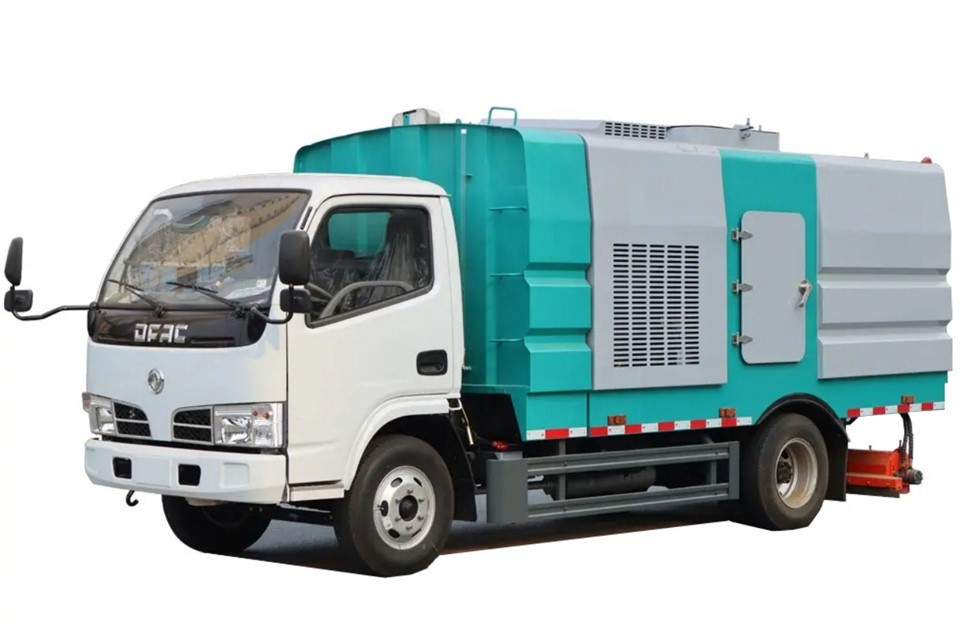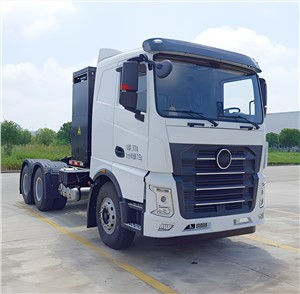Understanding Truck Fuel Tank Capacity in Litres

Understanding the fuel tank capacity of trucks is crucial for truck owners, drivers, and businesses in the transportation sector. This comprehensive guide will explain what truck fuel tank capacity means, why it matters, and answer all your questions in a user-friendly manner. We’ll explore different types of trucks, their fuel capacities, and practical considerations for choosing the right truck for your needs.
The Importance of Truck Fuel Tank Capacity
Fuel tank capacity is an essential factor for trucks, impacting everything from operation costs to logistics planning. A larger tank means fewer refueling stops, which can be beneficial for long-haul trips. Conversely, smaller tanks might be more suitable for urban deliveries where fueling stations are more accessible.
Key Reasons Why Fuel Tank Capacity Matters
- Operational Efficiency: Larger capacities enable longer distances between refuels, saving time and reducing operational interruptions.
- Cost Management: Understanding capacity helps in budgeting fuel expenses, especially in fluctuating fuel price environments.
- Compliance and Regulations: Different regions have specific regulations regarding vehicle fuel capacities.
- Environmental Considerations: Understanding fuel usage helps in planning for lower emissions and adopting greener technologies.
How Truck Fuel Tank Sizes Are Determined
Truck fuel tank sizes vary based on several factors, including truck type, manufacturer specifications, and intended use. The following are some key determinants:

1. Type of Truck
The type of truck significantly influences its fuel tank capacity. Below are common types:
| Type of Truck | Average Fuel Tank Capacity (litres) |
|---|---|
| Light-Duty Pickup Trucks | 75-150 |
| Medium-Duty Trucks | 150-400 |
| Heavy-Duty Trucks | 400-1,200+ |
2. Manufacturer Specifications
Manufacturers provide different fuel tank sizes based on their design philosophies and target markets. For example, brands like Ford, Chevrolet, and RAM have different offerings in terms of tank sizes, which significantly affects vehicle performance and usability.
3. Intended Use
Delivery trucks often have larger fuel tanks designed for long distances, while local service trucks might prioritize compact sizes for urban maneuverability.
Common Types of Truck Fuel Tanks
1. Standard Fuel Tanks
Standard tanks are typically made from steel or aluminum and provide the essential function of storing diesel or gasoline. These tanks come in various shapes and sizes, often conforming to regulations for the specific truck type.
2. Saddle Tanks

Saddle tanks are mounted on either side of the truck frame and are ideal for heavy-duty trucks. They offer improved weight distribution, enhancing handling and fuel efficiency.
3. Auxiliary Fuel Tanks
These tanks are installed alongside the main tank to extend the truck’s range, especially beneficial for long-haul trucking. They provide additional litres without compromising payload space.
Practical Examples of Truck Fuel Tank Capacities
Here are some examples of popular truck models and their respective fuel tank capacities:

| Truck Model | Fuel Tank Capacity (litres) |
|---|---|
| Ford F-150 | 136-159 |
| Chevrolet Silverado 2500HD | 124-166 |
| Ram 3500 | 117-135 |
| Freightliner Cascadia | 680-950 |
| Peterbilt 579 | 400-1400 |
Choosing the Right Truck Fuel Tank Capacity
1. Assess Your Driving Needs
Evaluate how far you typically drive between stops. If you consistently travel long distances, a truck with a larger fuel tank will save time and reduce fuel costs.
2. Consider Payload Requirements
Larger fuel tanks may increase the truck’s overall weight, impacting the payload capacity. Ensure that you strike a balance between the tank size and the weight you’re transporting.
3. Analyze Fuel Availability
In areas where fuel stations are scarce, opt for a truck with a larger tank. Conversely, if you frequently drive in urban settings with abundant fueling options, smaller tanks could suffice.
Maintenance Tips for Truck Fuel Tanks
1. Regular Inspections
Conduct periodic checks for leaks, rust, or dents in the fuel tank. Prompt maintenance can prevent costly repairs.
2. Clean the Tank
Over time, sediments can accumulate inside the tank. Regular cleaning can enhance fuel efficiency and prolong tank life.
3. Fuel Quality
Always use high-quality fuel to reduce wear on the fuel system and enhance engine performance.
How to Increase Fuel Efficiency in Trucks
1. Optimize Driving Habits
Adopting better driving techniques, such as avoiding abrupt acceleration and maintaining steady speeds, can significantly improve fuel efficiency.
2. Regular Vehicle Maintenance
A well-tuned engine, properly inflated tires, and regular oil changes can enhance fuel efficiency and extend the life of the truck.
3. Reduce Unnecessary Weight
Remove any unneeded cargo or equipment to reduce weight and improve fuel economy.
Frequently Asked Questions (FAQ)
1. What is the typical fuel tank capacity for a heavy-duty truck?
The typical fuel tank capacity for heavy-duty trucks ranges from 400 to 1,200 litres, depending on the model and specifications.
2. How can I determine the fuel tank capacity of my truck?
You can find the fuel tank capacity in your vehicle’s owner manual or by consulting the manufacturer’s specifications online.
3. Are larger fuel tanks more efficient?
Larger fuel tanks can be more efficient for long hauls, as they allow for fewer refueling stops, but they may add additional weight to the vehicle.
4. Can I modify my truck’s fuel tank?
Yes, you can modify your truck’s fuel tank, but this should be done in compliance with local regulations and by a professional for safety and efficiency.
5. What is the best way to maintain a truck fuel tank?
Regular inspections, keeping the fuel clean, and monitoring for leaks are the best ways to maintain a truck fuel tank.
6. Is it possible to add an auxiliary fuel tank to my truck?
Yes, many truck owners add auxiliary fuel tanks to extend their vehicle’s range, particularly for long-haul situations.
